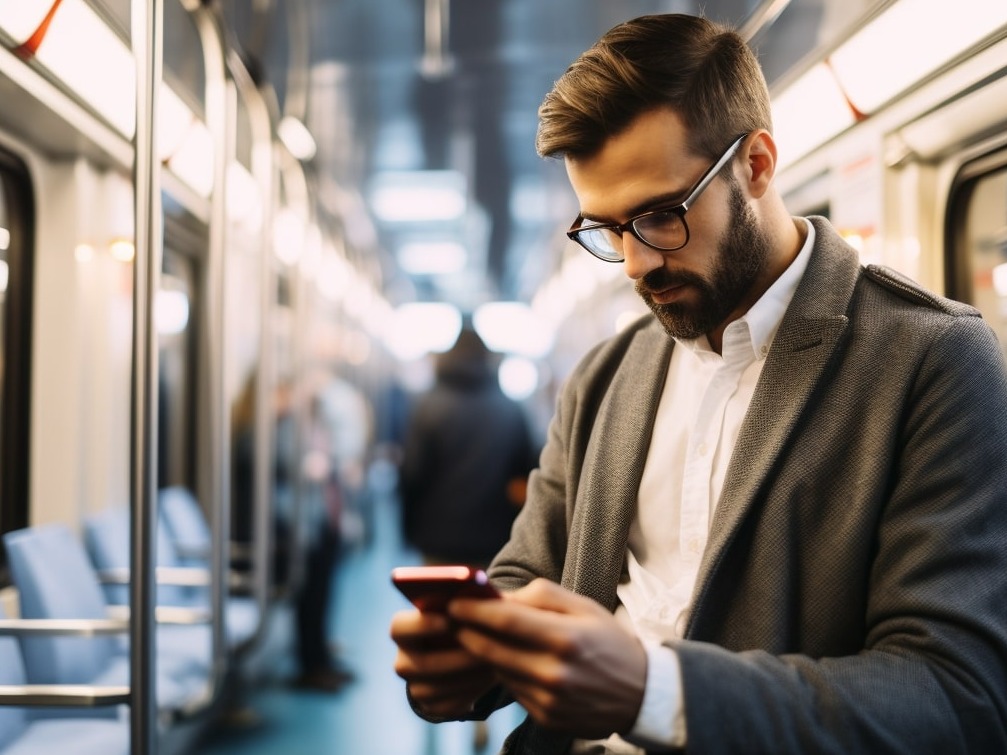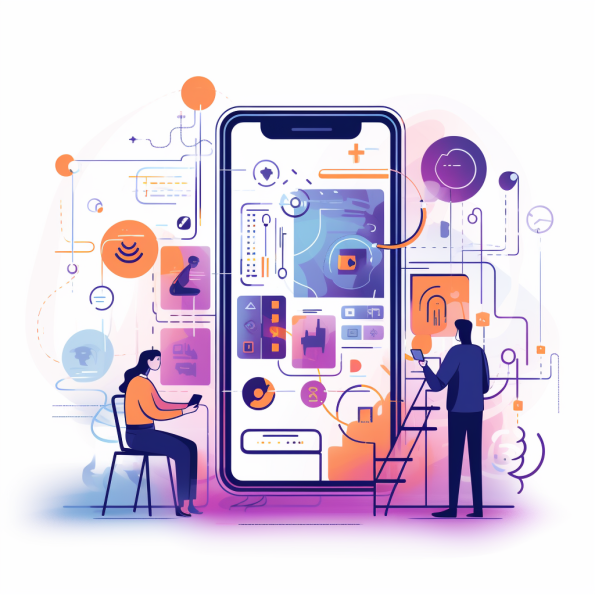Mobile Solutions: Designing for the On-the-Go User

In the age of smartphones and tablets, the on-the-go user has become the focal point of digital design. As screen sizes shrink and user expectations rise, designing effective mobile solutions requires a unique approach. Dive into the world of mobile design and discover how to craft experiences tailored for the modern, on-the-go user.
Introduction
The ubiquity of mobile devices has reshaped the digital landscape. Users now expect seamless experiences, whether they’re browsing on a desktop or a smartphone. To meet these expectations, designers must prioritize mobile solutions that cater to the unique needs and behaviors of on-the-go users.
1. Responsive Design
A cornerstone of mobile design, responsive layouts ensure that content looks and functions optimally across a range of screen sizes. By using fluid grids and flexible images, designers can create experiences that adapt to the user’s device.
2. Prioritizing Essential Content
With limited screen real estate, it’s crucial to prioritize content. A mobile-first approach focuses on delivering the most essential information upfront, ensuring users can quickly access what they need.
3. Intuitive Navigation
Mobile users often navigate with one hand, using thumbs or fingers. Designing intuitive, thumb-friendly navigation menus and touch targets enhances usability and ensures smooth interactions.
4. Speed and Performance
Mobile users are often on the move, relying on varying network conditions. Optimizing images, leveraging caching, and minimizing code can drastically reduce loading times, ensuring users remain engaged.
5. Contextual User Experience
Mobile devices come with a range of sensors, from GPS to accelerometers. Designers can leverage these to offer contextual experiences, such as location-based recommendations or motion-triggered interactions.
6. Seamless Transitions
Users often switch between devices throughout the day. Ensuring consistent design and seamless transitions between desktop and mobile versions enhances the overall user experience.
7. Prioritizing Security
With the rise of mobile transactions and sensitive data exchanges, security is paramount. Implementing features like biometric authentication and encrypted connections can safeguard user data.
Conclusion
Designing for the on-the-go user is both a challenge and an opportunity. By understanding the unique behaviors and needs of mobile users, designers can craft solutions that not only meet but exceed expectations. As mobile usage continues to grow, prioritizing mobile solutions will remain essential for businesses aiming to stay ahead in the digital age.





